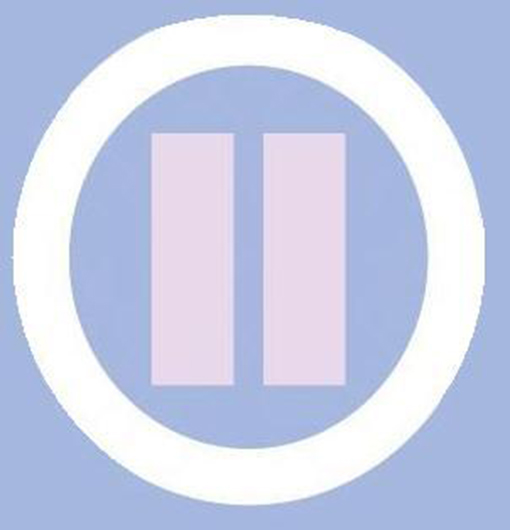By Donna L. Hamilton, MD, MS
Earlier this summer the US Department of Agriculture retired the food pyramid and introduced our nation to a new icon-My Plate. They hope it will serve as an easy and quick reminder of what actually makes a healthy meal. A brief glance urges you to fill half your plate with fruits and veggies, the other half with lean protein and grains and top it off with low a low fat dairy product.
The buzz in health and wellness communities is that the new icon is a welcome change to the old food pyramid. Many in the field found it offered little practical information or guidance to consumers. Others found it confusing and frustrating.
The new icon presents a simple and easy to understand message. It doesn’t, however, replace the need for education about what actually constitutes healthy food choices (does half a plate of fried green tomatoes or jalapeno poppers count…) MyPlate takes some of the guess work out of what and how much to eat during a meal.
Some people , however, will still need to learn wellness skills like healthy food preparation and reading nutrition labels. Others will have to build their “discipline muscle” so they only eat when they’re hungry, instead of when they’re bored, happy, sad, angry, tired….You get the idea. Like I said in the beginning-healthy eating got easier…sort of.
In addition to using MyPlate as a visual cue for healthy meal planning, these basic tips will help you move forward on your personal wellness journey.
1) Balance Calories:
- Enjoy your food, just eat less: Stop eating before you feel full. It takes a while before your brain receives the signal from your stomach saying “I’ve had enough.”
- Avoid over sized portions: Having a Flintstone size plate doesn’t mean you have to fill it up. The average plate size has increased over the past few decades. Use a saucer instead of a regular plate to help you become more disciplined with your servings.
2) Increase healthy foods:
- Fill half your plate with fruits and vegetables: Steam, boil, or eat them raw to increase their health benefits
- Make at least half the grains you eat whole grains. Oatmeal, brown rice, whole corn meal, and products labeled “100% whole grain” are good sources.
- Switch to fat-free or low-fat milk. This change alone will decrease your caloric intake. If you don’t drink dairy try rice, almond, or soy milk.
3) Reduce unhealthy foods:
- Read food labels: Compare sodium amounts. Choose products with the lower number.
- Drink water instead of sugary drinks: Make your own fruity beverage by soaking fresh fruit in a container of water overnight. For added flavor add some cloves or cinnamon.
If healthy eating is new for you, don’t make all these changes at once. Set yourself up for success by starting with one or two of the easiest changes. After you’ve mastered them add another, then another.
Be well!
Holistic Wellness Speaker Dr. Donna L. Hamilton, MD, MS supports people in becoming optimally healthy. She passionately teaches people what being healthy really means and provides practical tools and strategies to address the five key areas affecting health. Dr. Hamilton-a former board certified pediatrician-is Chief Wellness Officer and owner of Manifest Excellence, LLC. She specializes in holistic wellness promotion and speaks nationally on this topic. Dr. Hamilton teaches a comprehensive approach to health and wellness that addresses mental, emotional, social, spiritual and physical wellbeing.
- 10 Quick, Easy Holiday Self-Care Tips - December 15, 2017
- Health Benefits of Kindness and Compassion - June 3, 2017
- Why Self-Care is Good for Your Health - May 10, 2017





